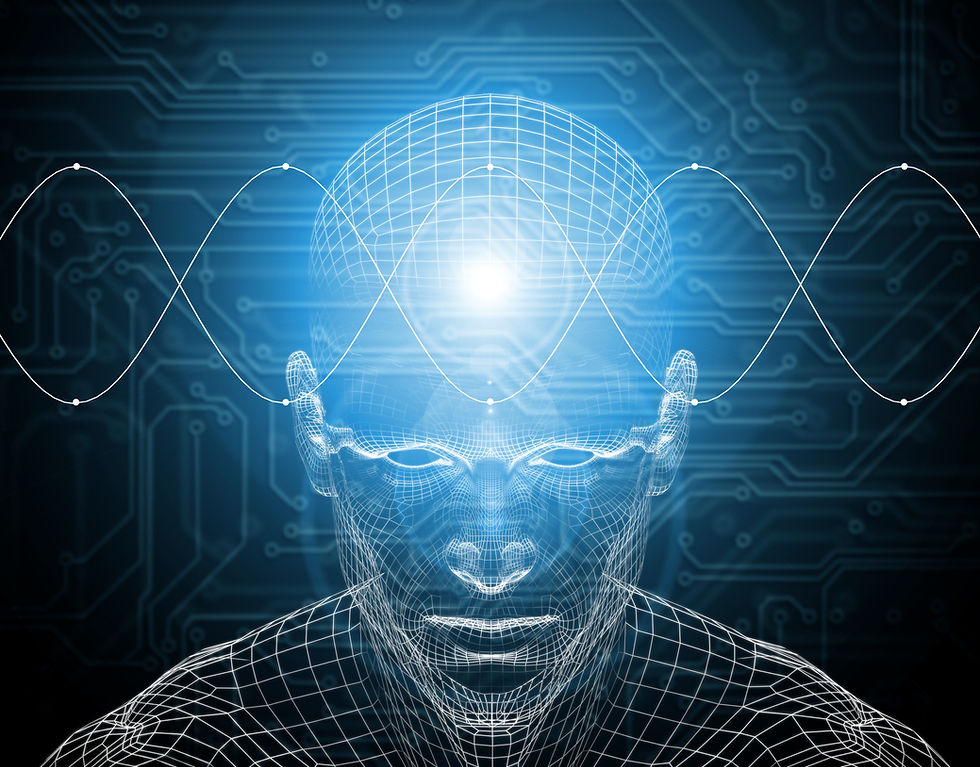Psychology: the Conscious Ego of Self
- Sylvia Rose

- Jun 29, 2024
- 3 min read
Updated: Apr 20
In psychology the ego is part of the Self and the personality. It helps balance conflicting desires and societal norms. By integrating different elements of the psyche, the ego helps navigate internal and external realities with a sense of coherence and stability.

At the end of the 19th century, Freud uses the word ego in psychoanalysis as 'conscious sense of self'. As his theories evolve, he expands the definition to a group of psychic functions. A complex system, the ego governs aspects of mental processes and behaviors.
Ego functions include judgment, tolerance, reality testing, impulse control, planning, defense mechanisms, information synthesis, intellectual function and memory retrieval. Ego is the central organizing principle shaping one's thoughts and interpretations of the world.

As a one-time partner of Freud, analytical psychologist Carl Jung uses the concept of ego, often noted as self, in defining three major components of the personality, shaping human behavior and experiences. They are the
People have a profound connection to the unconscious mind, which often reveals itself through the interpretation of symbols manifesting in various forms throughout their lives. These symbols are not limited to dreams.

They extend to art, religion, and intricate interactions people play out in relationships and personal endeavors. In essence, the unconscious communicates with the conscious mind with symbols, bridging the gap between individual awareness and collective unconscious.
This process of symbol interpretation is a pathway for individuals to tap into deeper layers of the psyche, unlocking hidden meanings and insights. By bringing conscious awareness to what is unconscious, elements can be integrated with wisdom when they arise.

Jung explains,
"... the Self, like the unconscious is an a priori existent out of which the ego evolves. It is ... an unconscious prefiguration of the ego. It is not I who create myself, rather I happen to myself "
To proceed with the individuation process, the individual must be open to parts of of the Self beyond the ego. This process delves into the depths of one's psyche, confronts shadow aspects and embraces totality of being.

The ego is the "organ" of consciousness, a mediator between the inner and outer worlds. Through the ego humans interact with reality, form identities and navigate the complexities of life experience.
True growth and self-realization transcend limitations of the ego and connecting with deeper aspects of the self. By acknowledging and integrating unconscious elements, a person achieves alignment and awareness.
The process of integration is not always easy. One must face uncomfortable truths and challenge long-held beliefs. Yet this journey of self-discovery leads to transformation and personal growth.

READ: Lora Ley Adventures - Germanic Mythology Fiction Series
READ: Reiker For Hire - Victorian Detective Murder Mysteries


